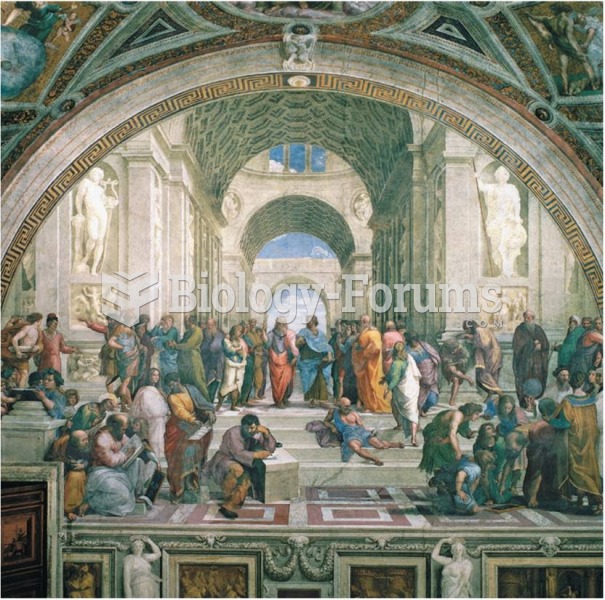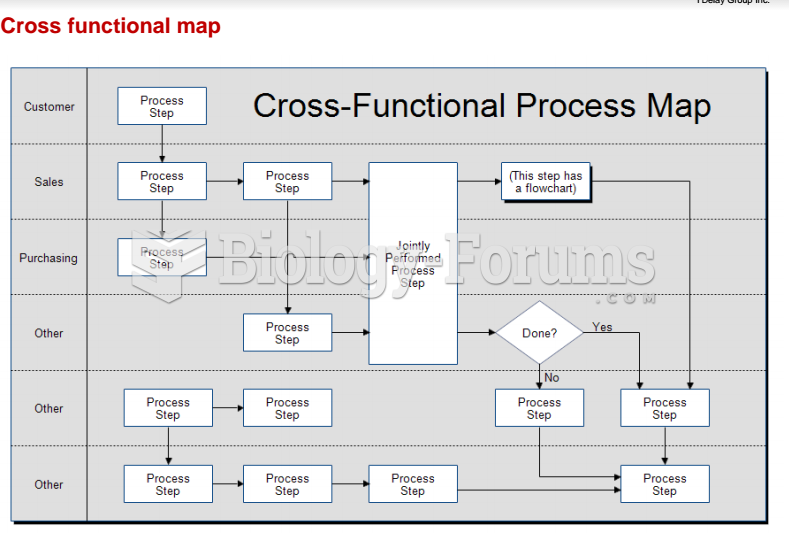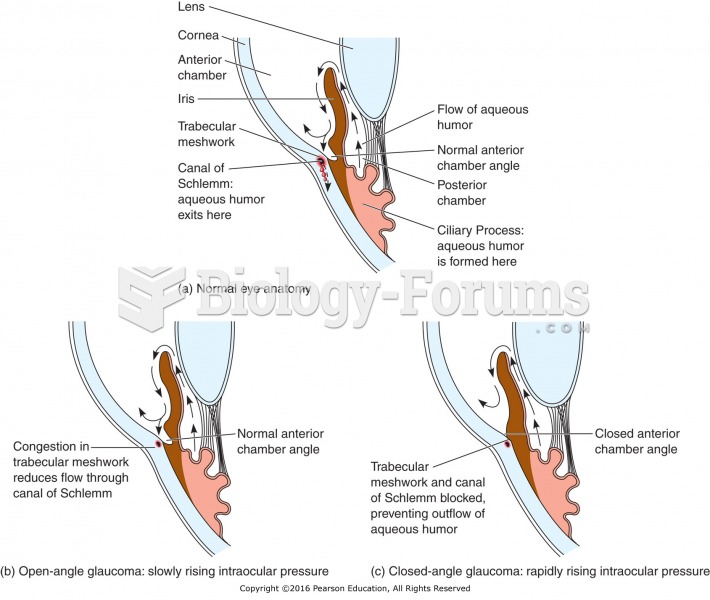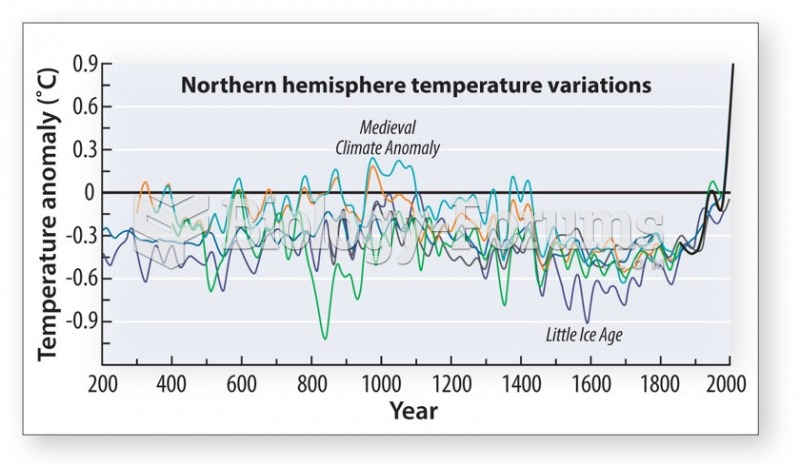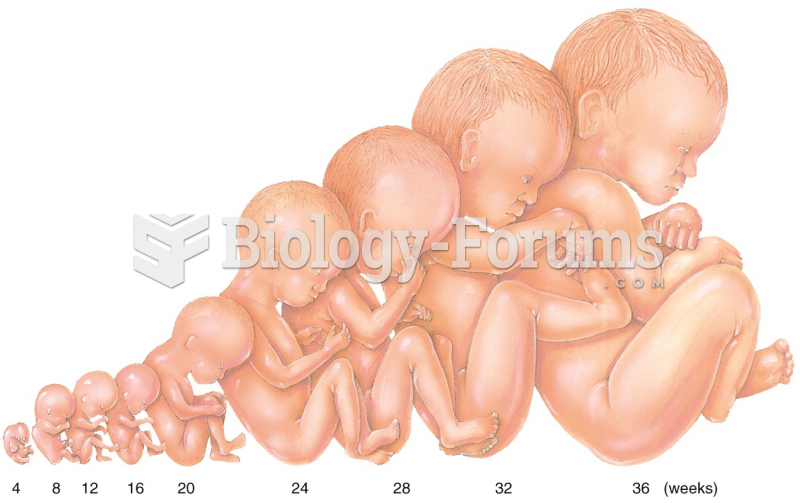Answer to Question 1
The process of deglobalization began with World War I. The years of military conflict caused enormous disruption in normal patterns of trade and investment, which derailed the process of economic integration that had begun in preceding decades. Once the war ended, governments tried to put trade and investment back on track. But then, just a little more than 10 years later in 1929, the global economy was hit by what has come to be known as the Great Depression. The Depression also caused enormous disruption to international trade and investment because as economies all over the world collapsed, exporters found that the markets for their goods disappeared almost overnight. The war and the Great Depression certainly derailed the economic integration that had begun after 1850. But such shocks are temporary phenomena. State action, a set of policies that enabled governments to assert greater control over their national economies, played a major role during this period of deglobalization. The most important factor that worked against the resumption of a globalized world was that, after the Great Depression, governments all over the world passed measures to insulate their economies from excessive vulnerability to global economic shocks and to gain more control over the flow of economic activity. After the wrenching experience of two world wars and the Great Depression, governments resolved to achieve greater control over the own national economies. They wanted to have greater influence over the goods that entered and exited their countries as well as the flow of capital into and out of national production. Toward this end, they implemented a number of measures designed to put brakes on the free flow of goods and services. Two instruments crucial for this were tariffs and capital controls. Use of both of these measures as well as a host of other instruments designed to allow states more control over economies was what turned the temporary shock of 1929 into a more enduring era of deglobalization.
Answer to Question 2
c



